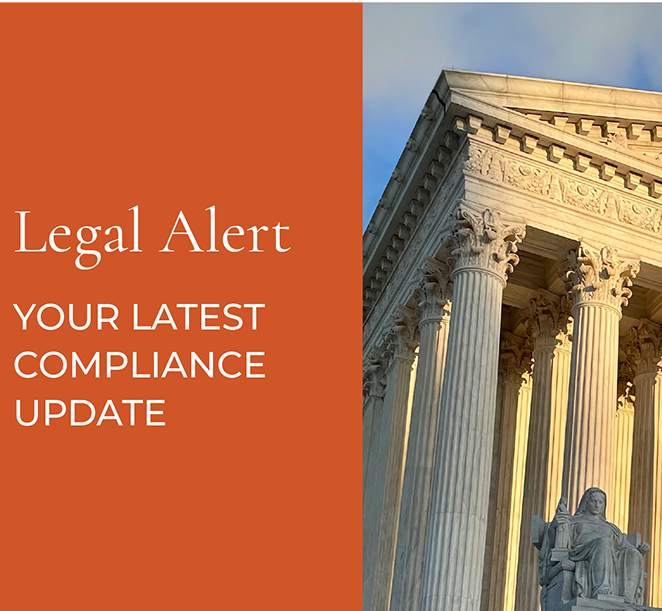Workplace Wellness: Preventing Substance Abuse
Substance abuse is the unhealthy use of alcohol, drugs or other substances that negatively interfere with a person’s functioning or well-being. People abuse substances such as drugs, alcohol, and tobacco for varied and complicated reasons. More than 90% of people with a substance problem began smoking, drinking or using other drugs before age 18 and often carry an unhealthy relationship with substances into adulthood. This is a devastating disease that can permeate every echelon of a person’s life. In relation to your business substance abuse problems can affect productivity, workplace safety and can increase healthcare costs.
Cost to Businesses
Alcohol and substance misuse or abuse by employees can have serious ramifications for employers. Employees with substance abuse problems are absent more often, have lower productivity and poor work performance, are more susceptible to injury due to accidents, and might have higher healthcare costs. These costs can represent a serious burden to employers, not to mention the liability of a serious workplace accident occurring due to an employee’s impairment at work. It's in your best interest to address potential substance abuse among their employees and put policies and protocols in place to deal with issues if they occur.
Employer Role
Luckily there are ways you can decrease the social and financial burden of substance abuse as well as guiding the development of a healthy and productive workforce. You should strive to create a culture that embraces prevention and supports healthy lifestyles. When addressing substance abuse, remember to practice discretion. Generally, information about an employee’s substance abuse, like all medical information about employees, should be kept confidential.
Many people consider substance abuse and addiction to be a disease. Like any other disease, substance abuse is preventable and treatable, with recovery rates comparable to other chronic health problems like diabetes and asthma. If you work hard to promote prevention, provide employee access to treatment and support employee recovery from substance abuse you're doing your part to create healthier and more productive employees, workplaces and communities.
Preventing Substance Abuse
- Provide resources for self-screening. This could take the form of brochures, fact sheets, payroll stuffers, intranet, health fairs, posters and signs.
- Encourage the use of telephone help lines.
- Provide information about the appropriate disposal of prescription medications, including locations of prescription drug disposal drop-off areas in your community.
- Create policies that provide guidance to supervisors so they are well-equipped to not only spot indicators of substance abuse, but also to effectively work with an employee who is experiencing or in recovery from substance abuse.
- Review policies and practices concerning employee privacy, accommodation, return to work, HIPAA and ADA guidelines.
- Offer an employee assistance program (EAP) to help employees obtain information about supportive resources in the community. Emphasize that the EAP is based on privacy and confidentiality, and that enrolling in the program will not jeopardize an employee’s job or reputation. This may encourage more employees to seek the help they need.
- Depending on the nature of your workplace, you may want to institute drug and/or alcohol testing programs. Many companies require a drug test as a condition of employment, for example. Industry standards for certain occupations, such as the transportation industry, may even mandate alcohol or drug testing. Just be sure that your testing policy is compliant with federal laws (such as the Drug-Free Workplace Act and the ADA), and that it is properly documented and publicized for all employees.
- Provide and maintain comprehensive health insurance coverage, which includes substance abuse treatment resources as part of the employee benefits package. Where it makes sense, provide coverage for screening and counseling to reduce a potential cost barrier for seeking help.





